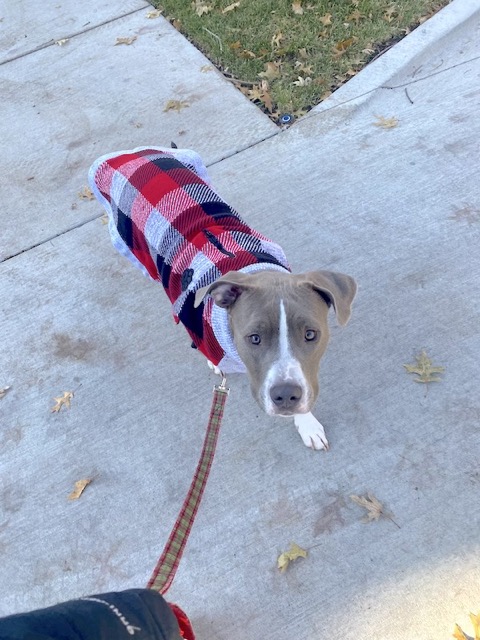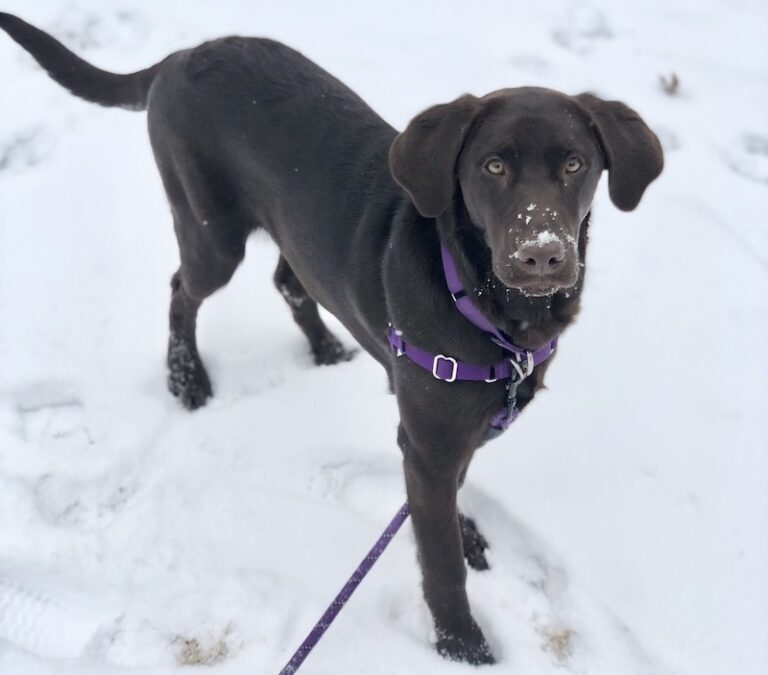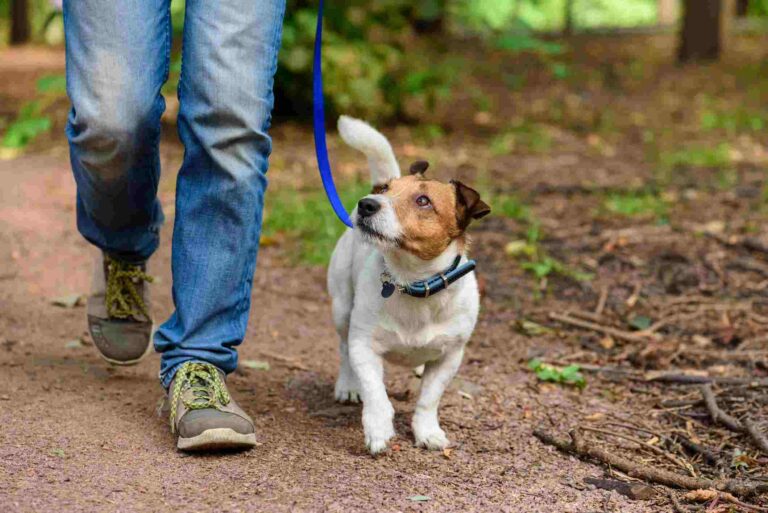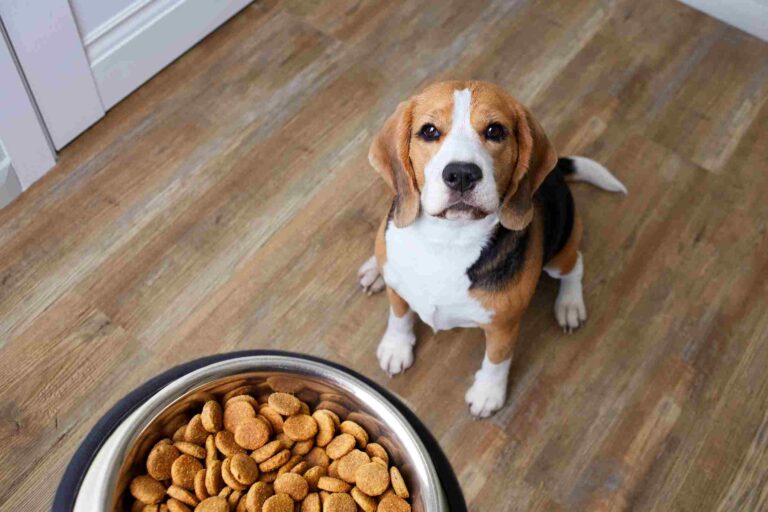As much as we all love Kansas City and the many things it has to offer, temperature fluctuations can sometimes put a damper on plans. This is especially true in the winter, where we can expect to see a number of below 0-degree days. Before we dive into how to best manage these temps, first let’s chat about your dog.
Characteristics of your furry companion can impact how well they tolerate the cold.
Dog characteristics
Breed
Your dog’s breed definitely plays a role in how well they tolerate temperature changes. Northern breeds and those bred for cold temperatures tend to fare much better than breeds bred for warmer climates. The remaining characteristics often relate to the breed of dog.
Coat length
Heavy and thick-coated breeds tend to do better in colder climates than short-coated friends.
Size
Larger dogs can often tolerate the cold better than their pint-sized companions.
Age
Very young and very old dogs can have a harder time regulating temperature. Adolescent, fit, dogs tend to move more and generate more heat while out in the cold compared to dogs that move more slowly. Cold weather can also negatively impact chronic conditions such as arthritis.
Now that you have an idea of how your specific breed may fare during winter weather, here are some tips for adventuring in the cold.

Management strategies
- Limit time outside – Frostbite is a very real concern, especially on ears and toes. Limiting their time outside and doing more puzzles and indoor enrichment can be a great way to burn off some energy safely on extremely frigid days.
- Bundle up – Coats, sweaters, and paw booties can be great ways to allow your dog to spend some time outdoors safely. See some tips below on how to best prepare your pet for new equipment.
- Potty Areas – Sometimes the snow can pile up and make it harder for dogs to find an appropriate place to go. You may consider shoveling a smaller area in the grass near a patio or door to allow your dog to have access to an area to eliminate more quickly. Smaller dogs can especially benefit from this when the snow gets up to their bellies.
- Trim foot fur – Longer foot fur can trap and contain snow/ice, especially when the warm body heat melts the snow just enough to stick. Keeping toe fur trimmed to be even with the paw pads can prevent build-up and those notorious “snowballs.”
Safety tips
- Be aware of salt products to melt ice. Some are dog safe and others are not. We recommend wiping down paw pads immediately when getting home from walks on sidewalks and roads.
- Antifreeze is a killer. Small amounts of antifreeze can cause deadly effects in dogs. Get them to an emergency vet immediately if you suspect anti-freeze poisoning.
- With our crazy temperature fluctuations in Kansas, be especially cautious of thin ice on ponds and lakes. Dogs can easily break through with disastrous effects.
How to prepare your dog for sweaters
We definitely recommend getting your dog used to new equipment prior to a deep freeze so you don’t need to rush through the process. We recommend introducing a marking word (similar to a clicker) to let the dog know that good things are coming (like food) during this process. We like to use the word “good” so you will see that through the rest of the tips.
- Allow your dog to sniff and interact with the item. If they independently approach you while holding it, provide a lot of praise.
- Reach toward your dog with the equipment. Say “good” and feed your dog as you approach with the item and as you complete each new step such as clipping it in place. If you notice that your dog backs away from the item or shows any other signs of discomfort, please slow down and allow your pet to get multiple positive interactions (food) while you work through the steps.
- Once the equipment is on, you may need to continue providing treats to fully allow your dog to get comfortable. The equipment may feel restrictive or at minimum, different, and we want to reassure them that everything is still okay!
- Each time you work through this process, you may be able to reduce the number of times you practice at each step and use fewer treats.
Remember we always want to go at the dog’s pace, and if you need more specific training, reach out to our team, we can help!




